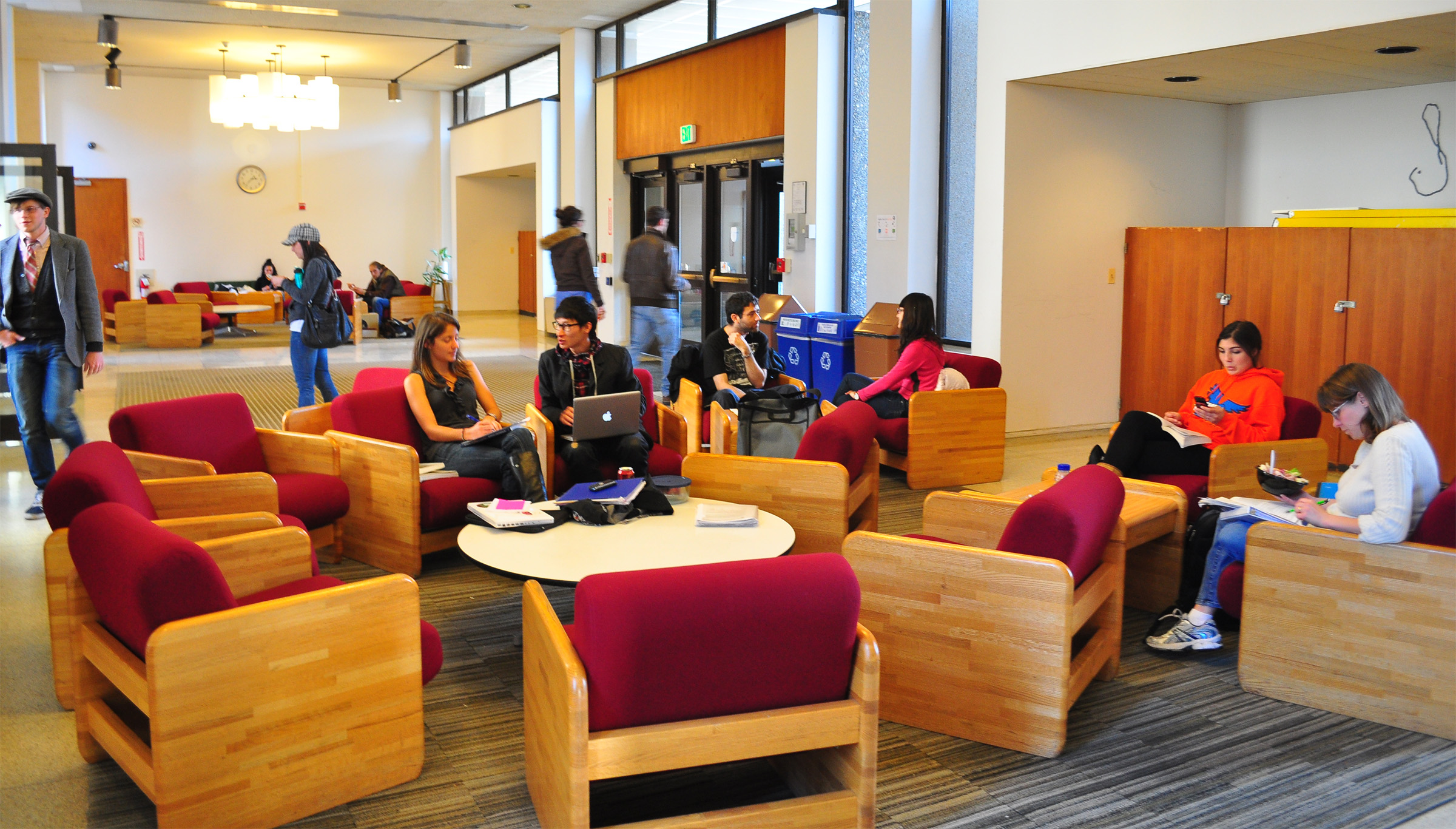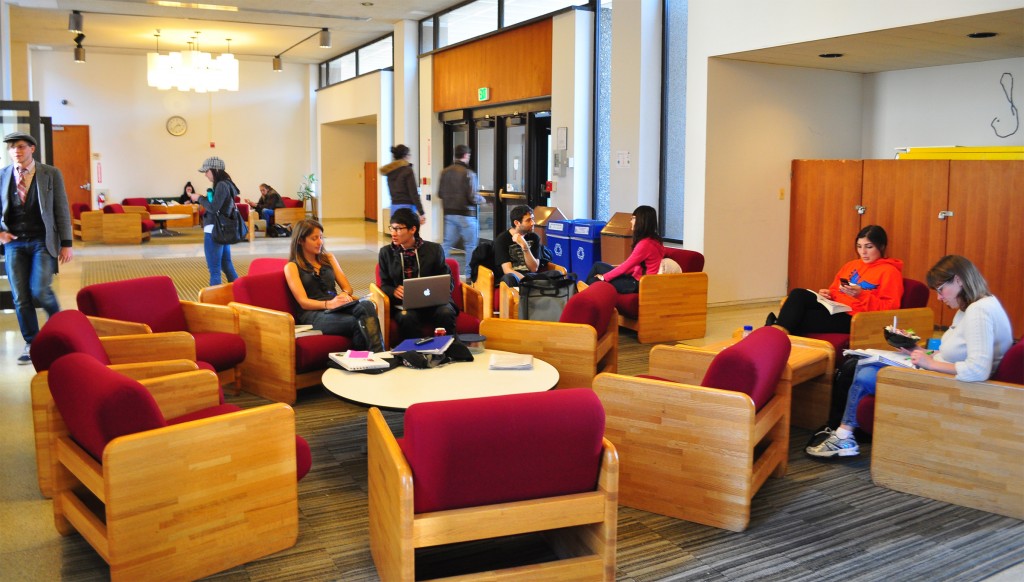

SUNY New Paltz administrators announced that renovation plans for Sojourner Truth Library (STL) are expected to go into effect in 2011.
Designed to hold 250,000 volumes, STL has primarily remained the same since its completion in 1968. However, the facility now houses more than twice that number of volume, said Dean of the Library Chui-chun Lee.
“Despite a number of enhancements over the years, the building’s infrastructure has not kept pace with the current demands for electric power and telecommunications to meet 21st century academic library functions,” said Lee. “Library renovation is sorely needed.”
The project, which will begin with the re-roofing of the library in May through fall 2011, is being supported by funds from the State University Construction Fund and secured as an additional state appropriation by legislators Kevin Cahill and John Bonacic. Interior renovations of the library will follow in winter 2011 through 2012, and are estimated to be completed by December 2013.
In his report to the Academic and Professional Faculty on Oct. 22, Interim President Donald Christian offered an update on the library renovation project.
Christian announced that the planning for the library’s renovation is being led by Baltimore-based architectural firm Ayers Saint Gross (ASG) and lead architect Sandra Vicchio,]. Christian said both have “extensive, successful experience in the design of academic buildings, especially libraries.”
The design team includes Christian, Lee, several staff members, an academic faculty member who has coordinated ongoing input from faculty on the Library Committee, campus architects and SUCF representatives.
Lee said that in 2006 the campus hired an architectural firm to conduct a feasibility study of library space reallocation. President Poskanzer submitted the plan to SUNY as a capital project of the college.
“In May 2009, state funding ($14.3 million, including $1.5 million for roof replacement) was approved and allocated to renovate the library building,” said Lee.
Much of the renovation plans for the library were generated from the feedback upheld by two separate surveys given to students and faculty/staff regarding the library, Christian said. In addition, two student focus group meetings and two open forums were organized for faculty and staff to express their views on library renovation.
After taking the survey results into account, John McEnrue, director of facilities design and construction, said an almost-complete interior renovation to the library’s main floor will be done. He said it will include “improved collaborative study spaces, updating power and data access in a new information commons, adding and improving seating, lighting – including more natural light, organization of the space and interior finishes.” Improved seating areas and interior finishes will be added to the lower floors. A sprinkler system will also be added to the building.
Third-year international relations major Jessica Prestia said she’s glad that natural lighting is included in the library’s design plan.
“More windows-—always a plus,” said Prestia. “It’s just more refreshing than staring at four white walls.”
Christian said the surveys displayed a student need for longer library hours. He said the results showed that students have interest in using the library until about 2 a.m.
“We are talking about ways in the renovation that we can design passages and security so that students could have access to the information commons on the main floor of the library later into the evening,” he said.
Initially, environmentally-friendly options for the roof’s construction were explored, but McEnrue said “the original library structure was not designed to withstand the load-bearing needed to support such a roof.” However, the new science building may incorporate green roofing.
In an effort to be eco-friendly, McEnrue said the project will include the use of recycled and recyclable materials in carpets and other finishes, more energy efficient light fixtures, energy efficient exterior glazing, water conserving plumbing fixtures, a better insulated roof, low-VOC paints and finishes and substantial recycling of demolition and construction waste.
Third-year communication and media major Josh Koopersmith said he’s a bit concerned about the availability of the library while it is under construction.
“Whenever I need to get away from my room and need to concentrate to get work done, I can always go to the library,” Koopersmith said.
But according to McEnrue, “there will be carefully thought out construction phasing,” which means that while parts of the library are being renovated, functions will relocated and available elsewhere.
“There is no doubt there will be some inconvenience, but one of our goals is to be sure that key library functions and support for students continues throughout the whole project,” Christian said. “Services will be relocated within the library during this process, and every effort is being made to minimize disruptions to our academic mission.”
——————————————————————————————————————————————————
To learn more about renovations to the Old Main building, click here.
To learn more about the construction of a new science building, click here.
——————————————————————————————————————————————————
